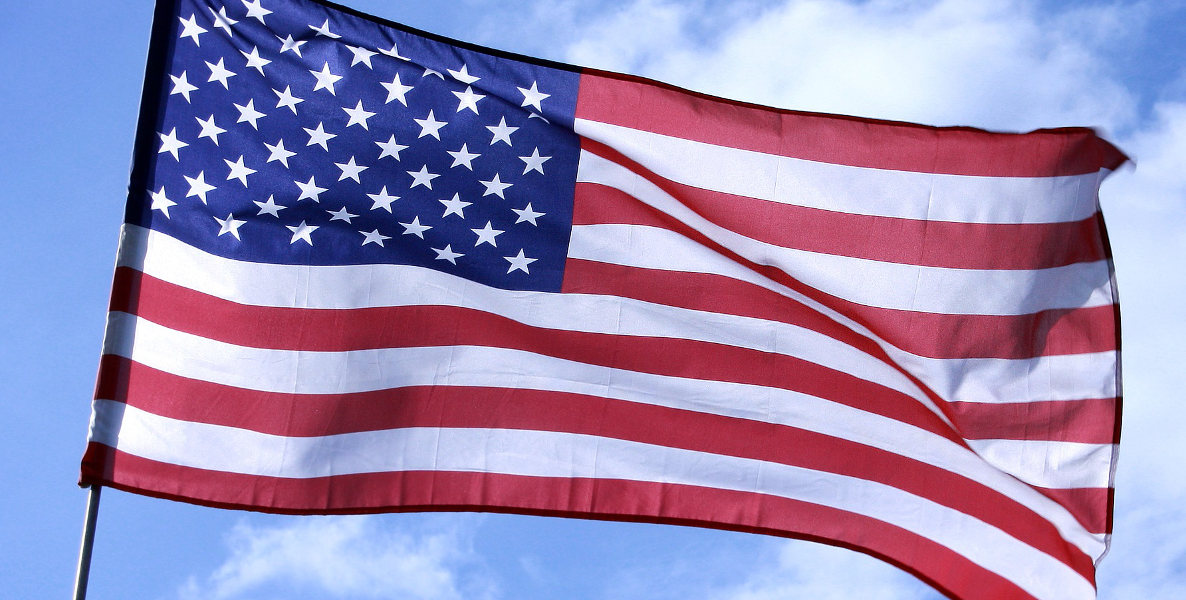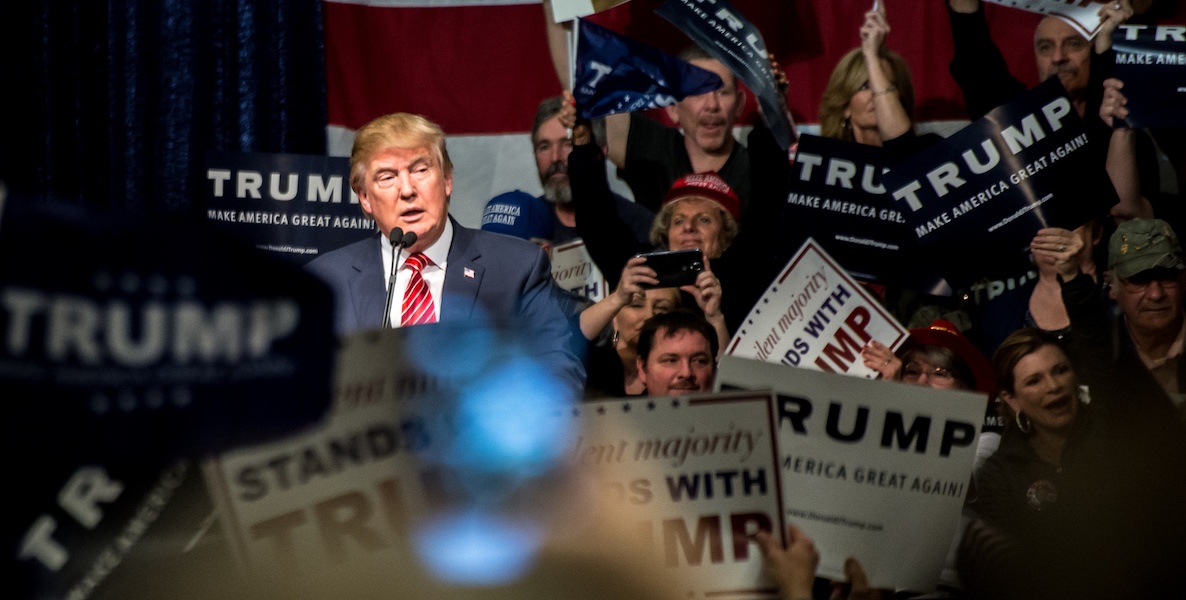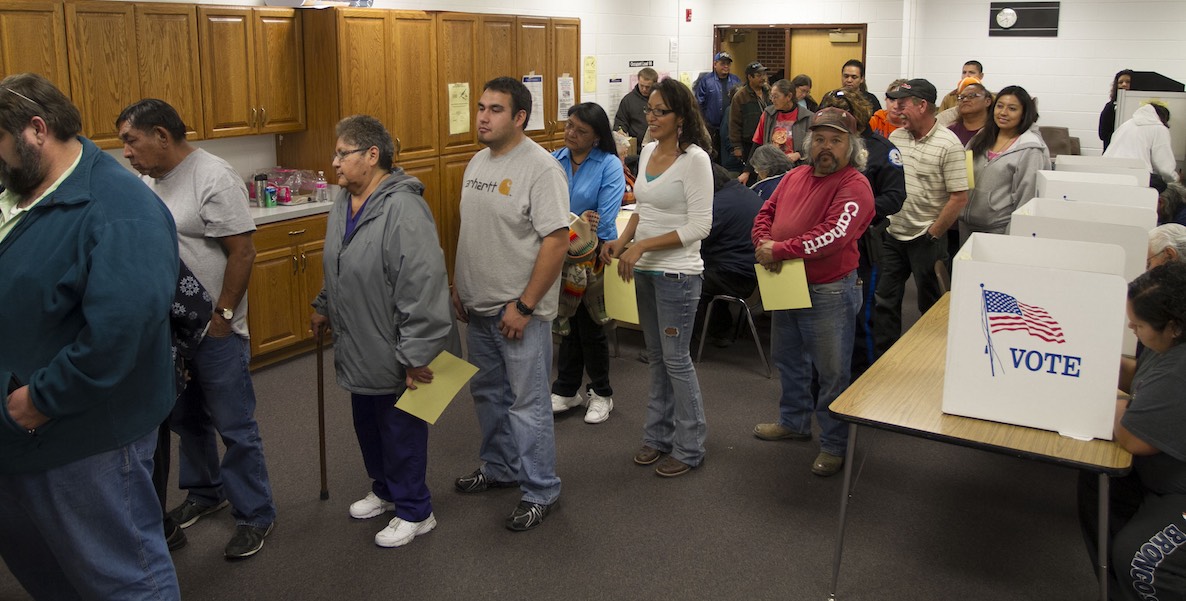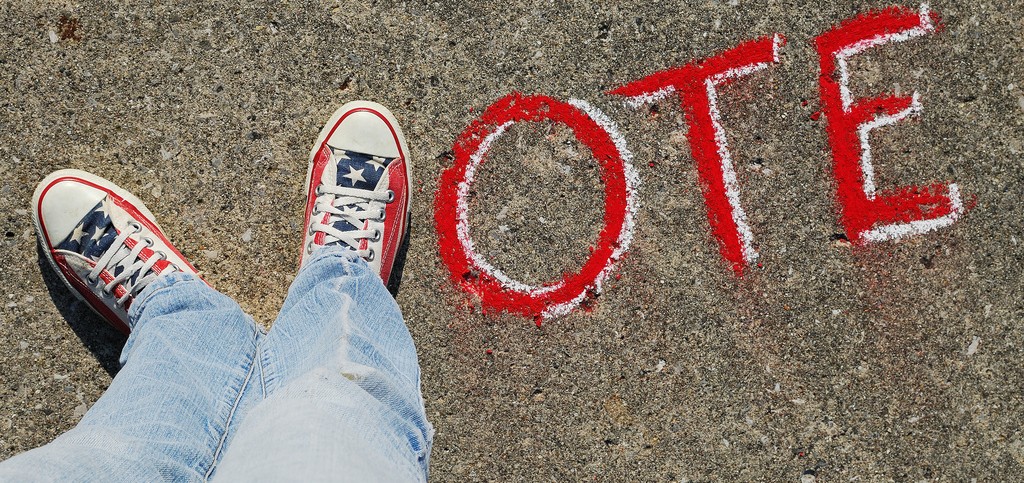Last November, when Philadelphians elected a new mayor, 17 members of City Council, a whole slew of judges, and voted on important ballot questions, voter turnout was, well, low. Depressingly low. In fact, only one out of every four eligible voters bothered to show up at the polls on November 3, 2015.
Compare that to 2012, when 64 percent of eligible voters in our city came out to decide if Mitt Romney should usurp Barack Obama as President. Now, 64 percent is still 36 percent too low. But it’s a damn sight better than 25.
This isn’t just about presidential elections. Philadelphians tend to vote in much stronger numbers in all even-year elections, when federal races are on the ballot, than in off-year elections, when only local races are contested. Look at the last four Novembers: From 64 percent turnout in 2012, we saw a ghastly 11 percent in 2013 when there wasn’t even a Mayoral race to drum up interest, then a slight jump to 36 percent in 2014, before cratering again to 25 percent last year. This is the case pretty much everywhere in America. Cities like Cleveland, Pittsburgh, and even New York City have comparably miserable voter turnout rates for odd-year mayoral elections. Some cities have even seen mayors elected with single-digit voter turnout.
That’s why several cities around the country have started shifting their local races to coincide with federal elections, in even years. Portland, Oregon, which holds mayoral contests the same year as presidential elections, had a 68 percent turnout rate for its last race, in 2012; in San Diego, turnout was 69 percent. Los Angeles is the latest big city to make the change, on the recommendation of a commission set up to look for ways to raise its turnout. Beginning in 2020, L.A. will hold Mayoral races in Presidential years.
It’s not hard to figure out why even-year elections drum up more interest than odd ones. Partly, it’s because the hyper-partisan nature of our national politics means voters understand and care about the distinctions between candidates for federal offices better than local ones—especially in places like Philadelphia where one party is so dominant. “Municipal candidates may hold different views on a few issues, but when they’re of similar backgrounds and political leanings, the differences appear less stark to voters,” says Fernando Guerra, who chaired the recent Los Angeles elections commission.
Voter apathy isn’t enough to explain low turnout numbers entirely, though. It’s also about capacity. Voters are human beings with a lot of different things to worry about; we only have a finite amount of attention to devote to elections and politics. Some people have a lot of capacity, and can name all 17 Council members off the top of their heads. But many people just physically can’t care about elections twice a year every year.
Think of it like watching gymnastics on TV. Every four years, seemingly half the country tunes in to watch diminutive ninjas defy the laws of gravity and human physicality. But if the Summer Olympics were held every six months, most people would get exhausted with the amount of time that gymnastics was broadcast. Eventually, they’d stop watching almost entirely.
It’s the same with elections (admittedly with higher stakes). Elections, especially presidential races, are exhausting for voters. We can handle it every two or four years, but unless you’re a true political junkie, every six months is just far too much. And even junkies have their limits. Maybe you’re the type of person who dutifully goes to the polls every six months. But what if you had to vote every month for your vote to count? Every week? Every day? Everyone has their limits; we should try to accommodate as many voters as possible.
Because here’s the thing: While it’s great that people come out every two years to vote for President and other federal offices, our local offices are extremely important. Our city government is responsible for spending $7 billion a year (and for taxing us enough to cover those bills). Yet our last Mayor was selected by only 203,000 of our 1,050,000 registered voters. Holding municipal elections in odd years is just one more barrier to voting in a world chock full of them.
Nationwide, shifting municipal elections to even years results in an 18.5 percent increase in turnout. In Philadelphia, that would mean an additional 190,000 voters participating. Greater turnout, in turn, makes for a fairer election. “Higher voter turnout reduces the chances of elected officials winning office because of an unrepresentative electorate,” says Michelle Whittaker of advocacy group FairVote. An unrepresentative electorate was the main reason Congress made landmark voting changes like the 19th Amendment, 1965’s Voting Rights Act, and other reforms aimed at increasing the availability of the vote.
“Democracy” isn’t the only reason to move all elections to even years.We would also save millions of dollars in election administration. Our City Commissioners—yeah, those guys—have a $9.6 million dollar annual budget. If we cut the number of elections we run in half, we could cut that budget by almost as much. When Baltimore switched to even-year elections, for example, they saved $3.7 million in administrative costs.
In Philadelphia, a change of this sort would only require legislation from City Council. Voters here would probably welcome it, if we are anything like Los Angelenos, who voted to move to even-year elections by a margin of 77 percent to 23 percent. (In California, the change took place via ballot measure.) The message there was clear: Voting should be a celebration, not a chore.
Header photo by WyoFile via Flickr








